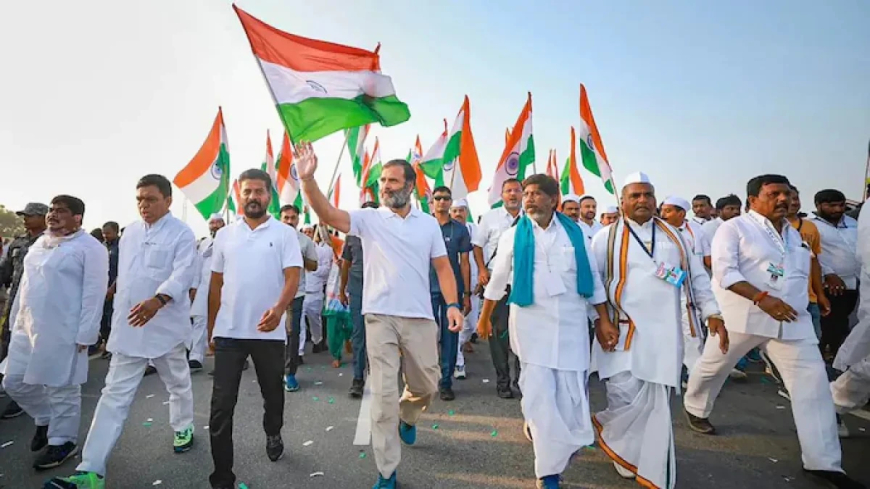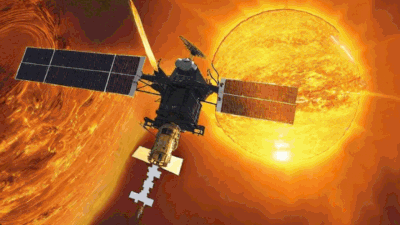Uniting India: The Bharat Jodo Yatra
The Bharat Jodo Yatra, led by Rahul Gandhi and M.K. Stalin, aimed to address societal divisions and economic challenges in India. Divided into two phases, the yatra covered thousands of kilometers, engaging people from various backgrounds. Phase one focused on promoting national unity, coinciding with INC's election victory in Himachal Pradesh. Phase two, emphasizing economic issues, commenced in January 2024, sparking a national conversation but raising skepticism about its impact on INC's electoral prospects. Despite uncertainties, the movement signifies a significant shift in Indian politics, highlighting socio-economic concerns and fostering public engagement.

To address the deep-rooted societal divisions and pressing economic issues faced by India, the Indian National Congress (INC) launched the Bharat Jodo Yatra. Led by Raul Gandhi and M.K. Stalin, the chief minister of Tamil Nadu, this massive initiative aimed to bring healing to the wounds caused by discrimination, fear, and harsh economic times. The Bharat Jodo Yatra was a powerful and much-needed step towards fostering unity and progress in India. It brought together people from all walks of life and helped create a sense of hope and togetherness in a time of great uncertainty.
Embarking on the Journey
The Indian National Congress (INC) launched the Bharat Jodo Yatra on August 23, 2022, where they revealed their logo, tagline, and website. On September 7, 2022, the march began from Kanyakumari and covered a distance of 3,570 kilometers through 12 states and two Union Territories. The journey was full of challenges, but the participants remained determined to complete it. Rahul Gandhi, the driving force behind the movement, interacted with people during the day and stayed in temporary accommodations at night.
There were three types of Padyatris who participated in the five-month yatra. The first group, Bharat Yatris, took part in the entire yatra. The second group, Atithi Yatris, were guest marchers from states not included in the Bharat Jodo Yatra route. The third group, Pradesh Yatris, marched 100 yards from the states the yatra passed through and completed the march in that state.
A Tale of Two Yatra's
There were two separate phases to the Bharat Jodo Yatra, each with its unique significance:
1. Bharat Jodo Yatra (Sept 2022 - Jan 2023):
a historic 3,570-kilometer march across 12 Indian states, spearheaded by Rahul Gandhi. Its main objective was to promote national unity in the face of the evils of polarizing politics and economic disparities. Notably, this period fell in tandem with the INC's election triumph in Himachal Pradesh and a change in leadership within the organization.
2. Bharat Jodo Nyaya Yatra (Jan 2024 - Present):
The current portion of the trip began in January 2024 and spans 6,200 kilometers through 14 states. This stage emphasizes the need to address the current economic issues that the country is facing. Concerns like unemployment, inflation, and the state of farmers are at the forefront of this effort.
Making Waves
The Bharat Jodo movement has sparked a national conversation about the two pillars of economic development and togetherness. The movement provides a platform for people to engage directly with the public and expand their voices in politics beyond the limits of conventional political platforms. Although the public has responded positively to the movement, it remains unclear how it will affect the INC's election prospects. Some people are skeptical about its effectiveness and wonder if it's just political theatre.
A Call to Action
The Bharat Jodo movement is a significant shift in Indian politics, emphasizing socio-economic issues and national unity, which reflects the growing concerns of the general public. Although the long-term effects of this movement are yet to be determined, it has undoubtedly improved public discourse and brought important issues to the forefront. In the end, only time will reveal the extent of its impact on the political climate in India as the journey continues.














































